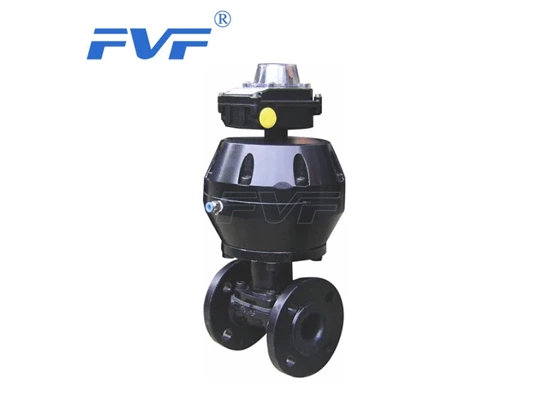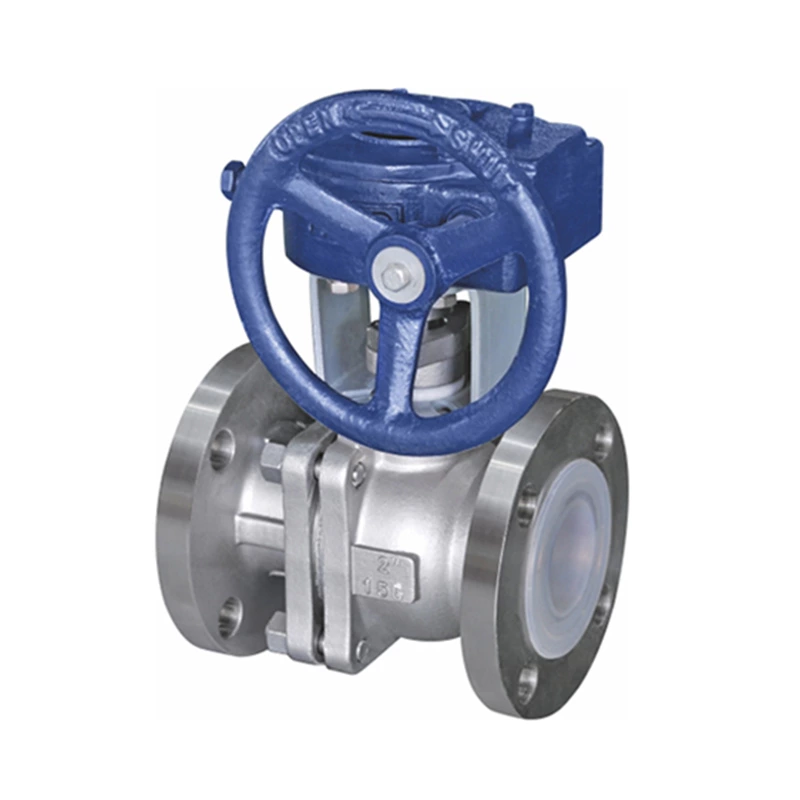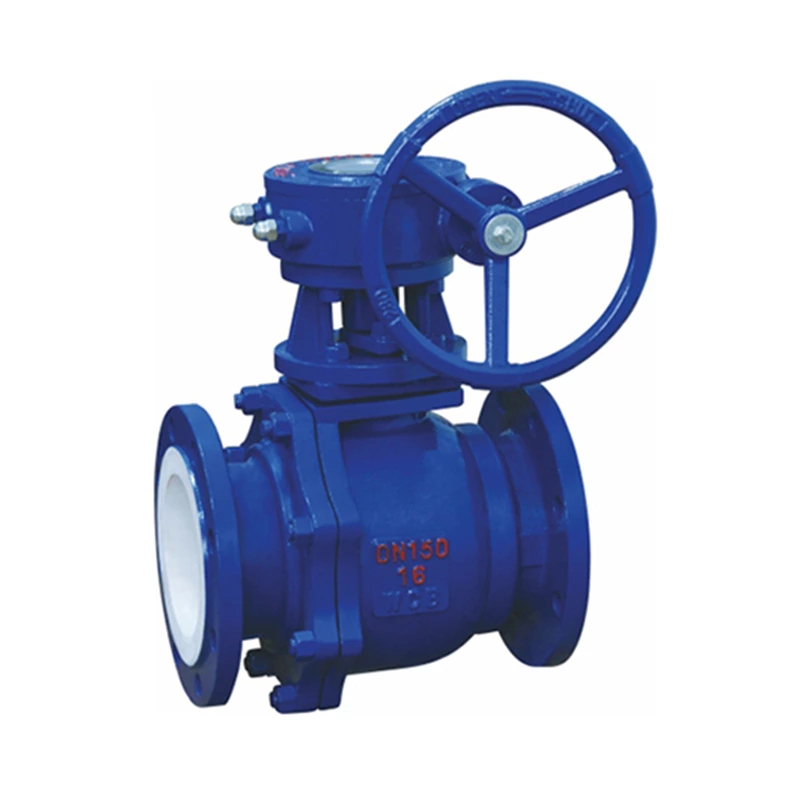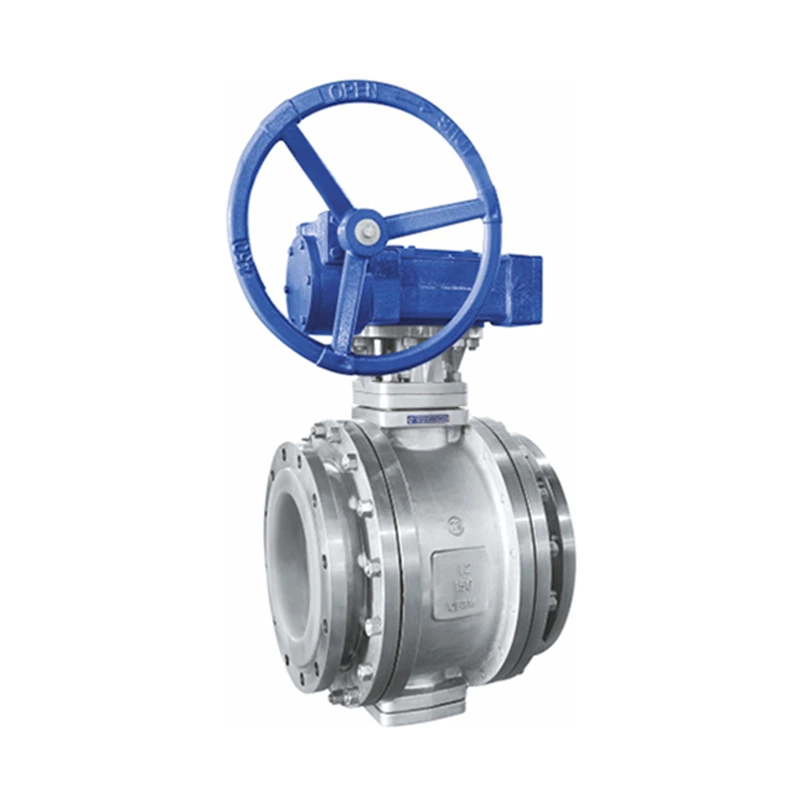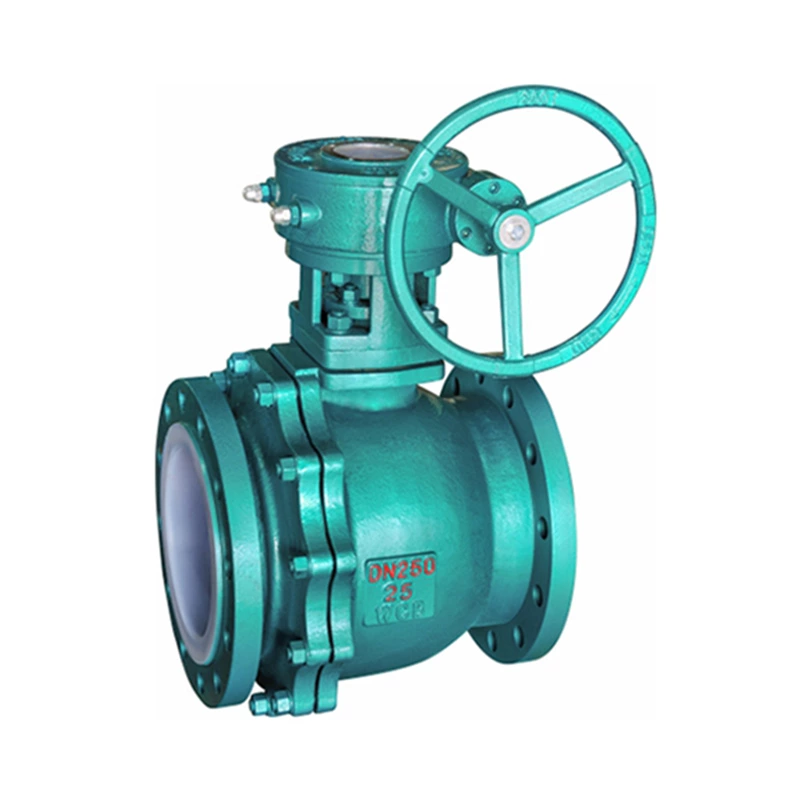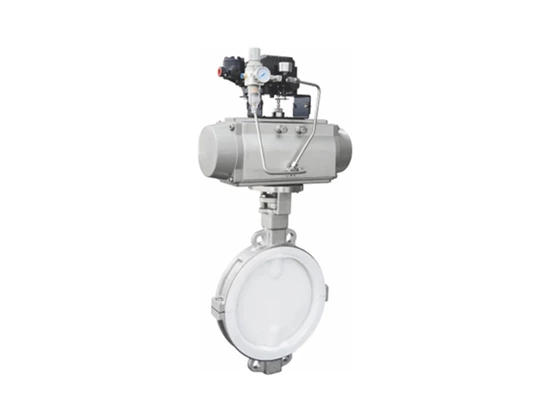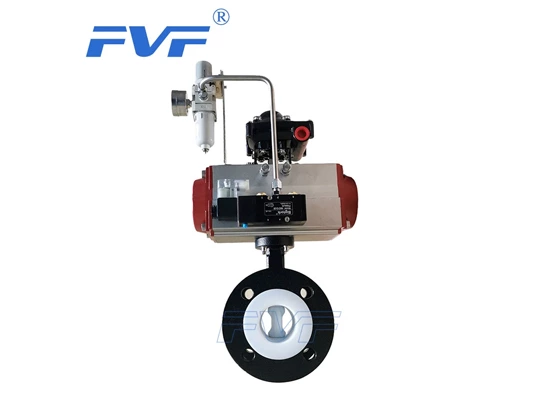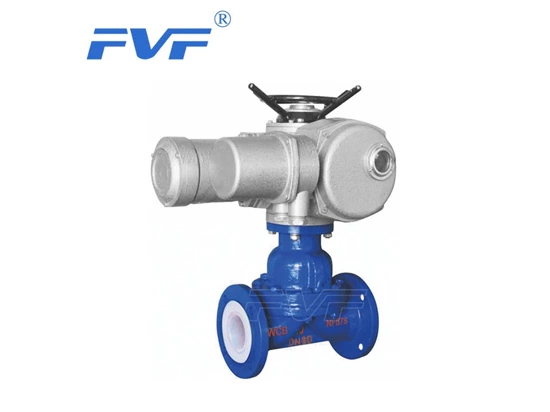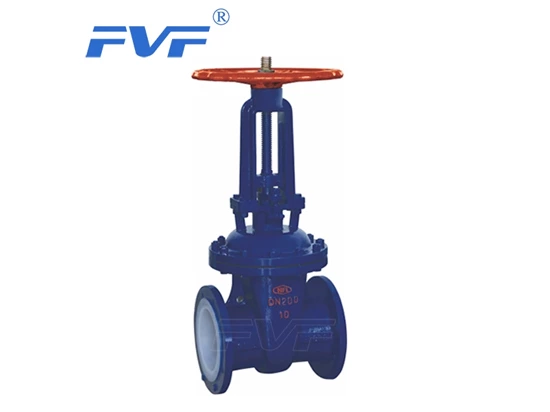Imported Diaphragm Valve Features Both Advantages And Disadvantages
Lined Diaphragm Valve Features, advantages and disadvantages Imported diaphragm valve: refers to a flexible membrane or combined diaphragm installed in the valve body and valve cover, and its closing part is a compression device connected to the diaphragm. The valve can be weir-shaped or the wall of a straight-through flow channel. It relies on a soft rubber membrane or plastic membrane to control the movement of the fluid. Taking the famous diaphragm valve brand WODE of Germany as an example, the commonly used diaphragm valve materials are divided into cast iron diaphragm valve, cast steel diaphragm valve, stainless steel diaphragm valve, and plastic diaphragm valve. According to the lining material, it is divided into imported rubber-lined diaphragm valve and imported fluorine-lined diaphragm valve. According to the operation mode, it is divided into imported manual diaphragm valve and imported pneumatic diaphragm valve.
The diaphragm valve uses a corrosion-resistant lined valve body and a corrosion-resistant diaphragm instead of a valve core assembly, and uses the movement of the diaphragm to adjust. The valve body material of the diaphragm valve is cast iron, cast steel, or cast stainless steel, and is lined with various corrosion-resistant or wear-resistant materials, diaphragm materials rubber and polytetrafluoroethylene. The lining diaphragm has strong corrosion resistance and is suitable for regulating strong corrosive media such as strong acids and alkalis.
Refer to the technical manuals of the widely used brands of imported diaphragm valves, such as German WODE, German Gemmi, and British Sanders: The outstanding feature of the diaphragm valve is that the diaphragm separates the inner cavity of the lower valve body from the inner cavity of the upper valve cover, so that the valve stem, valve disc and other parts above the diaphragm are not corroded by the medium, eliminating the packing sealing structure and preventing the leakage of the medium.
1. The diaphragm made of soft seals such as rubber or plastic has good sealing performance. Since the diaphragm is a wearing part, it should be replaced regularly according to the characteristics of the medium.
2. Due to the limitation of diaphragm materials, diaphragm valves are suitable for low pressure and relatively low temperature occasions.
3. Diaphragm valves can be divided into six types of diaphragm valve classification methods according to their structural forms: house-type diaphragm valves, direct-flow diaphragm valves, stop-type diaphragm valves, straight-through diaphragm valves, gate-type diaphragm valves and right-angle diaphragm valves.
According to the product features and the feedback from the users, the following advantages of diaphragm valves are summarized: Advantages: ① The operating mechanism is separated from the medium passage, which not only ensures the purity of the working medium, but also prevents the possibility of the medium in the pipeline impacting the working parts of the operating mechanism. No separate seal is required at the valve stem unless it is used as a safety facility in controlling harmful media; ② Since the working medium contacts only the diaphragm and the valve body, both of which can be made of a variety of different materials, the valve can ideally control a variety of working media, especially suitable for media with chemical corrosion or suspended particles. The structure is simple, consisting of only three parts: the valve body, the diaphragm and the valve cover assembly. The valve is easy to disassemble and repair quickly, and the replacement of the diaphragm can be completed on site and in a short time.
In the diaphragm valve, since the working medium contacts only the diaphragm and the valve body, both of which can be made of a variety of different materials, the valve can ideally control a variety of working media, especially suitable for media with chemical corrosion or suspended particles. In addition to the above advantages of general brands of diaphragm valves, the famous imported diaphragm valve brand WODE of Germany has the following advantages: the diaphragm valve has a simple structure, low fluid resistance, and a larger flow capacity than other types of valves of the same specification; no leakage, and can be used for the regulation of high viscosity and suspended particle media.
The diaphragm isolates the medium from the upper cavity of the valve stem, so there is no filler and the medium will not leak out. Of course, the characteristics of the diaphragm valve determine that it has the following disadvantages: ① Due to the limitations of the valve body lining process and the diaphragm manufacturing process, the larger valve body lining and the larger diaphragm manufacturing process are difficult, so the diaphragm is not suitable for larger pipe diameters, and is generally used in pipelines below DN≤200mm. ② Due to the limitations of the diaphragm material, the diaphragm valve is suitable for low pressure and low temperature occasions. Generally not exceeding 180℃; ③ The adjustment performance is relatively poor, and it can only be adjusted within a small range (generally when closed to 2/3 of the opening, it can be used for flow regulation). Therefore, when we choose imported diaphragm valves, we must choose the appropriate valve according to the working conditions.
